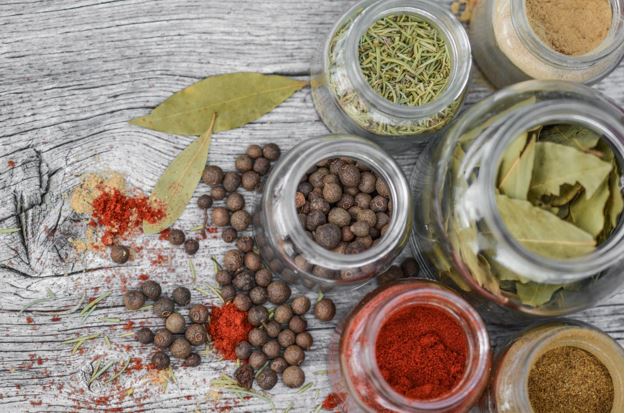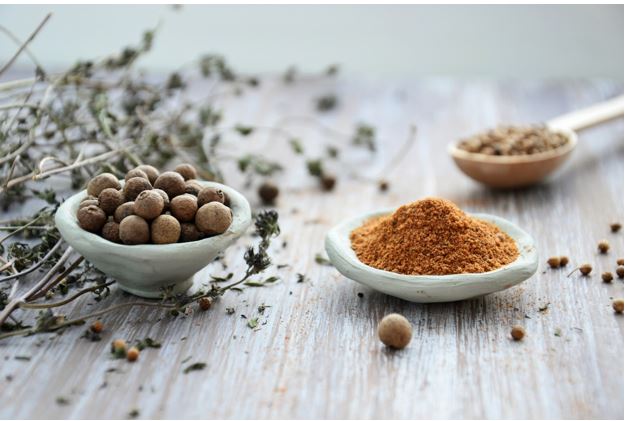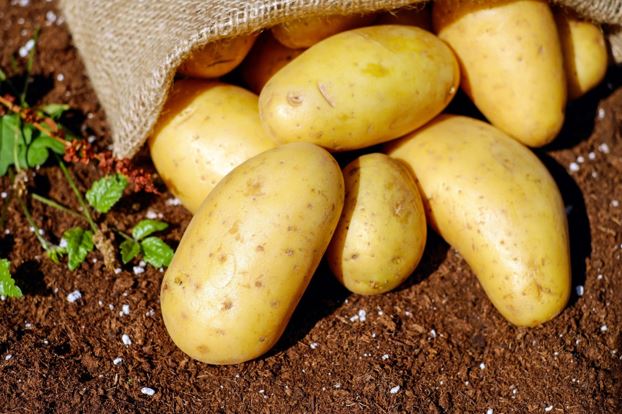5 Natural Home Remedies for Wounds
https://pxhere.com/en/photo/1418280
Having open wounds is a nightmare for most people. They are not only painful and messy but also take too long to cure completely.
Wounds leave a permanent scar on your skin. When you have a wound, it means that you have to be very cautious just to prevent your wound from being infected as this slows down the healing process.
Healing Wounds Fast
Using commercial ointments to heal wounds might or might not provide any cure to the wounds, but there are traditional and kitchen ingredients that may perform wonders. The most common ingredients that are used in culinary delicacies are used as curative or perfect treatment. They have very strong healing properties.
These traditional home remedies will enable you to keep your wound clean and make sure there’s no infection. For the best results, you need to use them daily and be consistent. The most important point to note here is that these ingredients work well on minor wounds. If you have a major injury kindly seek professional advice and remedies.
Natural Home Remedies for Healing Wounds Fast
https://pxhere.com/en/photo/1433661
Below are the natural home remedies to ensure healing and prevent infection:
Honey
Honey speeds up wound healing and it’s one of the greatest traditional methods of curing wounds. Honey has been proven to be more effective than antibiotics. From the results obtained from the lab tests, honey has been found to destroy the majority of the bacteria cells and it protects your wound from infections. You are recommended to use raw honey to dress your wound; cooked honey will not have the proper enzymes to do the treatment.
How Honey Treats Wounds
When honey is diluted in the blood and tissues of the wound, hydrogen peroxide is released through glucose enzyme activities. This enzyme is released slowly; it then gives an antibacterial reaction while keeping the tissues healthy and undamaged. You have to spread honey on a dressing and put it to the wound. In case the wound is very deep, honey should be filled inside the wound then wrapped with addressing pad.
Chamomile
Chamomile is a flower with big wound healing properties. Chamomile is one of the oldest medicinal herbs known to mankind. It’s well known for its relaxation properties. The presence of numerous terpenoids and flavonoids make chamomile a very powerful herbal medicine. According to studies, chamomile has been noticed to heal wounds faster than some corticosteroids.
How to Prepare the Chamomile Remedy?
Prepare a chamomile press for your wound by soaking some chamomile tea bags in water, drain some of the liquid, and then wrap these tea bags around your wound. Chamomile is also found in tinctures or natural ointments in your neighboring health food store.
Potato
https://www.pexels.com/photo/potatoes-144248/
Do potatoes really heal wounds? Potatoes contain certain adhesive forces which draws out infections from any kind of wound or abscess.
How the Potato Remedy Works?
With a raw potato, make a poultice with shredded potatoes and be consistent in this all through the day, change it at the interval of 4 hours or so. As you do this process, make sure to rinse with salt water in between.
Salty Water
The salt water reduces inflammation and gives zero chance of infection. Make a poultice shred raw potato using a grater, spread it on a clean cloth. Put it on the affected area, cover it with gauze and then apply some saran wrap or just any other applicable material. Leave it to stay overnight and remove it in the morning. Wash the affected area using salty water, cover it with a clean dressing and repeat this until healed.
Comfrey Root
Comfrey has the genus name symphytum, literally it means ‘to join or knit together’. Comfrey has an enzyme called allantoin, which accelerates the cell growth; therefore, it speeds the healing duration for of broken parts of the body. It also repairs wounds faster and cures burns quickly with very minimal scarring.
Facts about Comfrey
Comfrey is commonly called knit bone! It’s a number one recommendation herb for you to use for traditional healing of:
- Broken legs
- Bruises
- Cuts
- Scrape
- General minor wounds
Allantoin is found in large quantities in pregnant women around the placenta. Allantoin is helpful during foetus development.
Marshmallow Root
Marshmallow root is very different from the sugary white cylinders you may find in the candy area around your grocery store. This root is incredibly curative to wounds inflicted on the body. Marshmallow is mostly used in drawing out toxins and any other bacteria that may be found in the wounds. It’s used as a poultice.
It reduces the healing time just by removing impurities from the affected areas. It also cures burns and bruises. You only need to prepare a marshmallow poultice and then apply it to your affected area to speed up the healing process.
There are lots of other herbs that can be used to cure wounds. These include:
- Tea tree
- Silver oxide
- Aloe Vera
- Olive oil
- Garlic
- Coconut oil
- onion
The list of substances that can serve you as natural home remedies is endless. The above-named ones are just a few and the most commonly used natural herbs to treat wounds.



